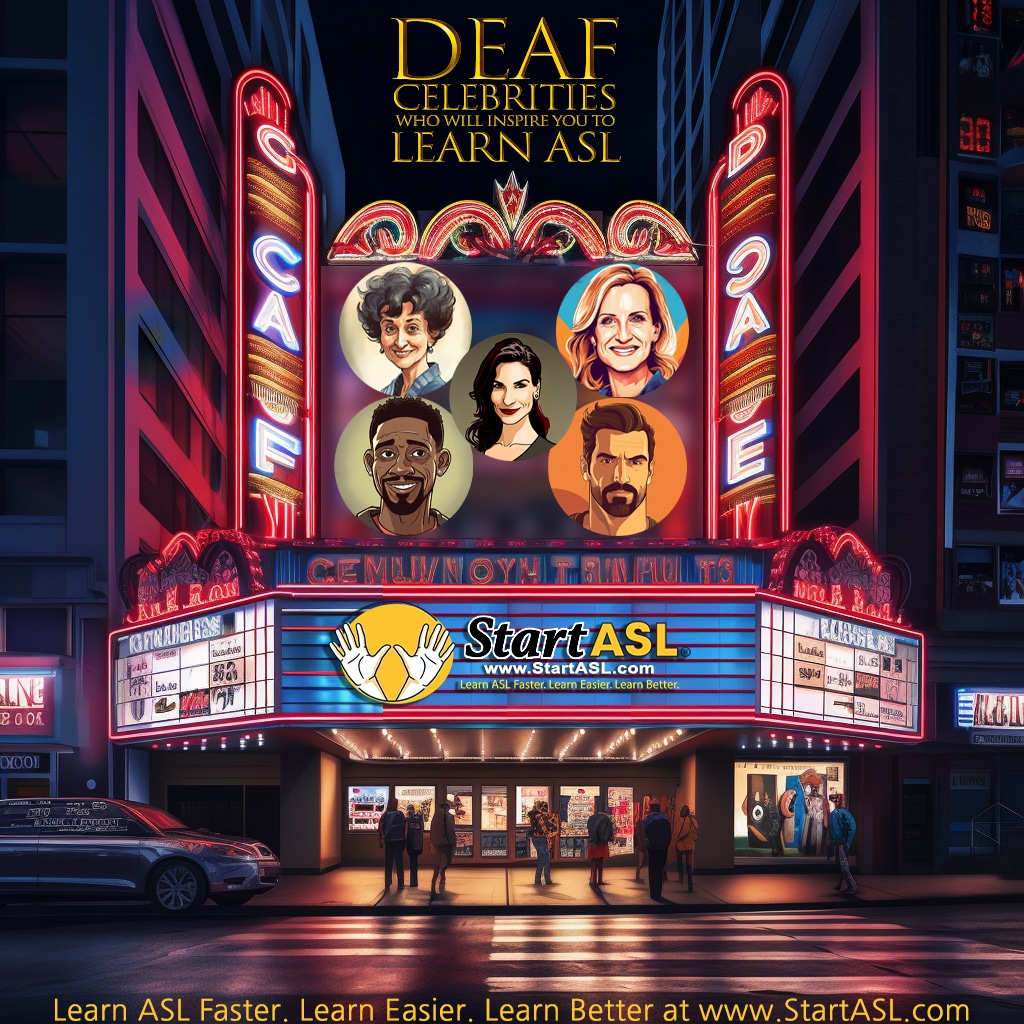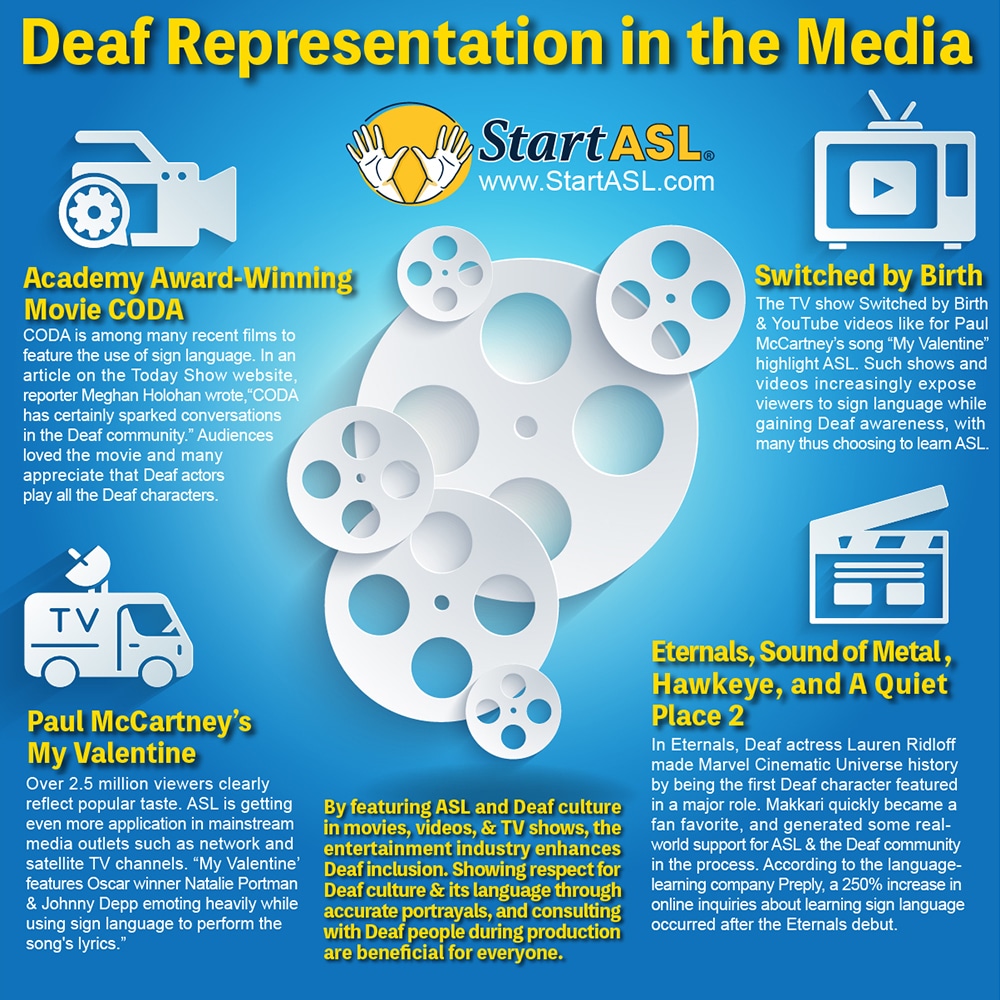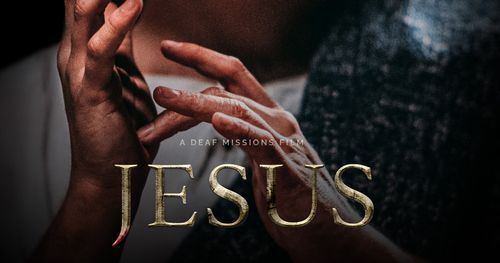
Teletypewriters and Early Deaf Communication
- by Start ASL
- No Comments
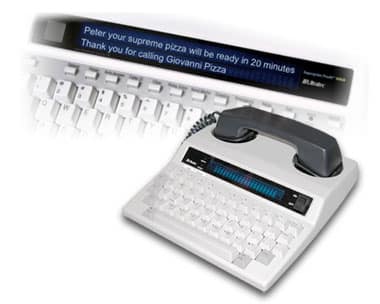
Back in the day, deaf people would drive all the way to their friends’ homes to talk to them. Then, the TTY was invented in the 1960’s. Back then, it was called a TDD (Telecommunications Device for the Deaf).
A teletypewriter looks like a word processor. It has a keyboard and a display screen. They actually look pretty ancient when you see them now.
I think the only drawback of teletypewriters is that both the sender and receiver need to have compatible teletypewriters. When I was younger, I had a few deaf friends (this was before we all had cell phones). They had TTYs, but I couldn’t afford one. I was pretty depressed until we discovered relay services!
The information you send with your TTY is converted into signals and travels through the telephone lines (that’s why you both need to have one).
To make a call with a TTY, you turn on your TTY and dial your friend’s number on the regular telephone. Then, you place the telephone’s headset onto the TTY coupler (which is like a computer modem). A pattern of lights on the display screen tells you that someone answered the TTY.
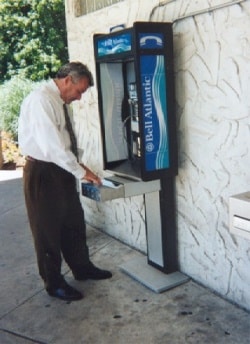
You would then type a greeting, and continue your conversation. When you are finished saying something, and you want your friend to reply, you would type “GA” (without the quotations), which means “Go Ahead.” When you are finished with your whole conversation and are going to hang up, you would type “SK”, which means “Stop Keying”.
To answer a call on your TTY, you would first notice that someone was calling because of a flashing signal light. You would then put the telephone headset on the TTY and turn the TTY on. Then, type your greeting.
Your greeting could be: “This is Michelle.” Make sure to type “GA” after that. The person calling you would then give their name, and your conversation will continue.
And what does the conversation end with? That’s right! “SK.”
Believe it or not, most public telephones have TTYs.
The next time you use a public telephone (which may be never), see if it has a teletypewriter. Then, you can actually see what one looks like.
Even though TTYs have pretty much been replaced by cell phones with text messaging, they are still fascinating.
Works Cited:
“Maryland Welcome Centers and Rest Areas.” Maryland Department of Transportation. 26 Aug. 2008 (http://www.mdot.state.md.us).
“Frequently Asked Questions.” MassRelay. 26 Aug. 2008.
History of the Teletypewriter
by Anonymous | 19 June 2020
The telephone was first commercialized by the Bell Telephone Company in 1877 bringing the hearing world together in a way that was previously inconceivable. Unfortunately for the deaf and hard of hearing the telephone was of little use. There was still no way for the deaf and hard of hearing to communicate to each other, or to hearing folks, from the comfort of their homes. This issue persisted until 1964 when a solution was finally invented: the teletypewriter (or TTY). A deaf man by the name of Robert Weitbrecht invented the TTY and revolutionized telecommunication to finally include the deaf and hard of hearing.
At first, the primary use of TTYs was to make calls from one TTY to another. Deaf and hard of hearing people were able to telecommunicate by typing words to one another like a written telephone call. This was an incredible advancement, but it didn’t help much when trying to make a call from a TTY to a telephone. The first TTY relay services were created to assist calls between TTYs and telephones by having a live communication assistant (CA) convert voice-to-text for the person using the TTY, and text-to-voice for the person on the telephone. But these TTY relay programs were only volunteer programs in the beginning. This meant that the hours people could utilize these services, as well as the areas in which they were available, were very limited.
Although it took a long time, relay services finally began to get the support they needed to make TTYs more effective at all times and places around the country. In 1987, California became the first state to establish their own statewide relay services. Three years later in 1990, the Americans with Disabilities Act (ADA) was mandated. This act became very important to the community of deaf and hard of hearing people and is relevant to the difficulties with TTY accessibility and effectiveness because of Title IV. Title IV finally called for 24 hour, 7 days a week relay services to be available nationwide! This included every state and territory so no TTY user would be excluded or unable to access the same services as everybody else.
Today there are more telecommunication options available for the deaf and hard of hearing, but TTYs remain relevant and important devices. Technology has advanced so much regarding telecommunication, that the 21st Century Communications and Video Accessibility Act (CVAA) was passed in 2010 to account for and increase access to more modern communication technologies such as video phones (VPs). While VPs, Video Relay Services (VRS), and other more recent advancements in technology are now readily available and preferred in many situations, TTYs are still considered the most reliable way to contact emergency services and are the best option to deaf and hard of hearing folks who don’t have access to the internet. To access TTY relay services from a TTY or a telephone, all one has to do is dial 7-1-1 to be connected with a CA.
In modern times, it is now possible for deaf and hard of hearing folks in our nation to telecommunicate with ease, it is important to remember that it took a long time to get here! It took around 87 years for the TTY to be invented after the telephone. And even then, it took longer for telecommunication for the deaf and hard of hearing to be as widely available and effective as it is today. It took lots of advocating for the deaf and hard of hearing community to be able to telecommunicate the way they can today!
Sources cited:
“Don’t Throw Away Your TTY!” National Association of the Deaf, National Association of the Deaf, www.nad.org/resources/emergency-preparedness/dont-throw-away-your-tty/.
“History of Relay Service in America.” History of Relay Service in America | Relay SD, Relay South Dakota, relaysd.com/news/history-of-relay-service-in-america.
Hochfelder, David. “Alexander Graham Bell.” Encyclopædia Britannica, Encyclopædia Britannica, Inc., 28 Feb. 2020, www.britannica.com/biography/Alexander-Graham-Bell.
“TTY and TTY Relay Services.” National Association of the Deaf, National Association of the Deaf, www.nad.org/resources/technology/telephone-and-relay-services/tty-and-tty-relay-services/.
“Video Phone Services.” Video Phone Services – Strong Memorial Hospital – University of Rochester Medical Center, University of Rochester Medical Center Rochester, NY, https://www.urmc.rochester.edu/strong-memorial/services-amenities/video-phones.aspx.
West, Tiffany. “Robert H Weitbrecht.” Historytrendsanddeafeducation / Robert H Weitbrecht, 29 Oct. 2007, 11:42pm, historytrendsanddeafeducation.pbworks.com/w/page/18570694/Robert%20H%20Weitbrecht


